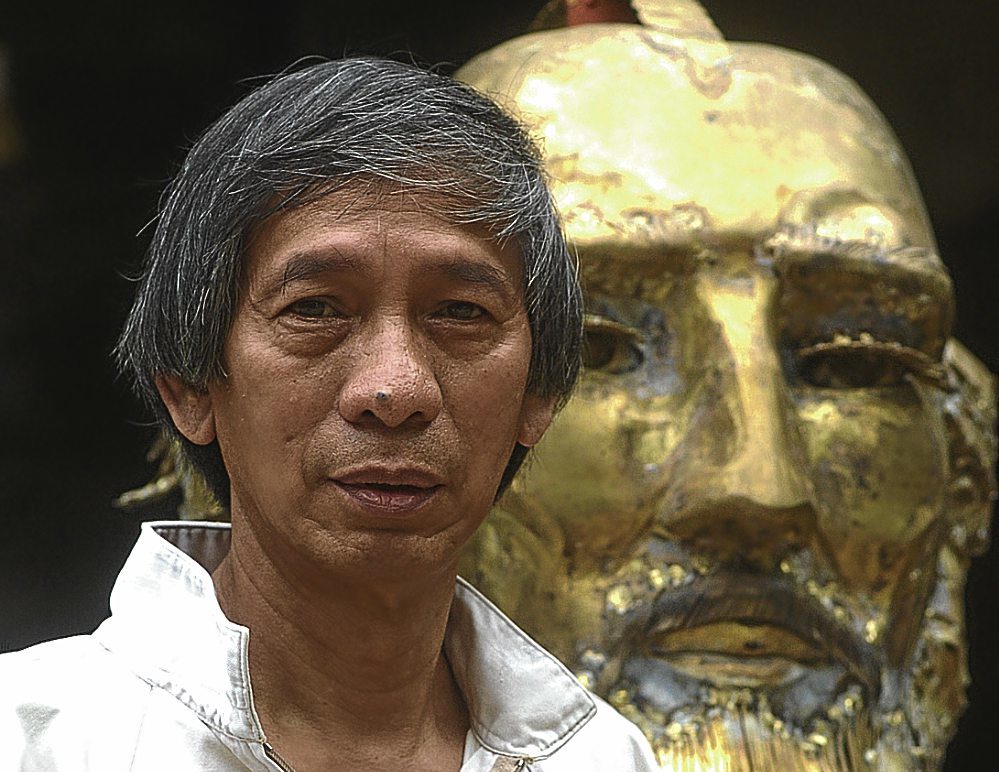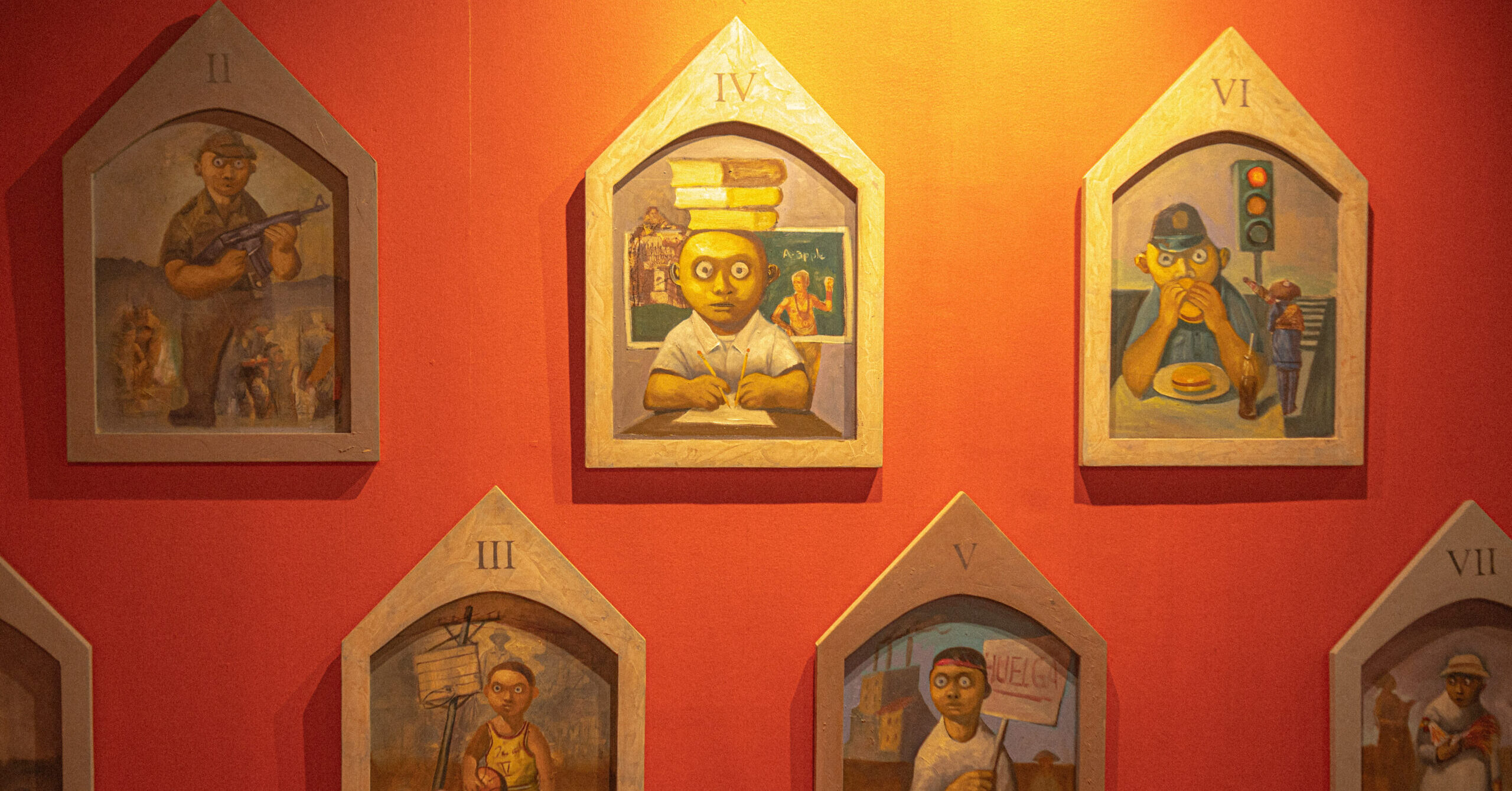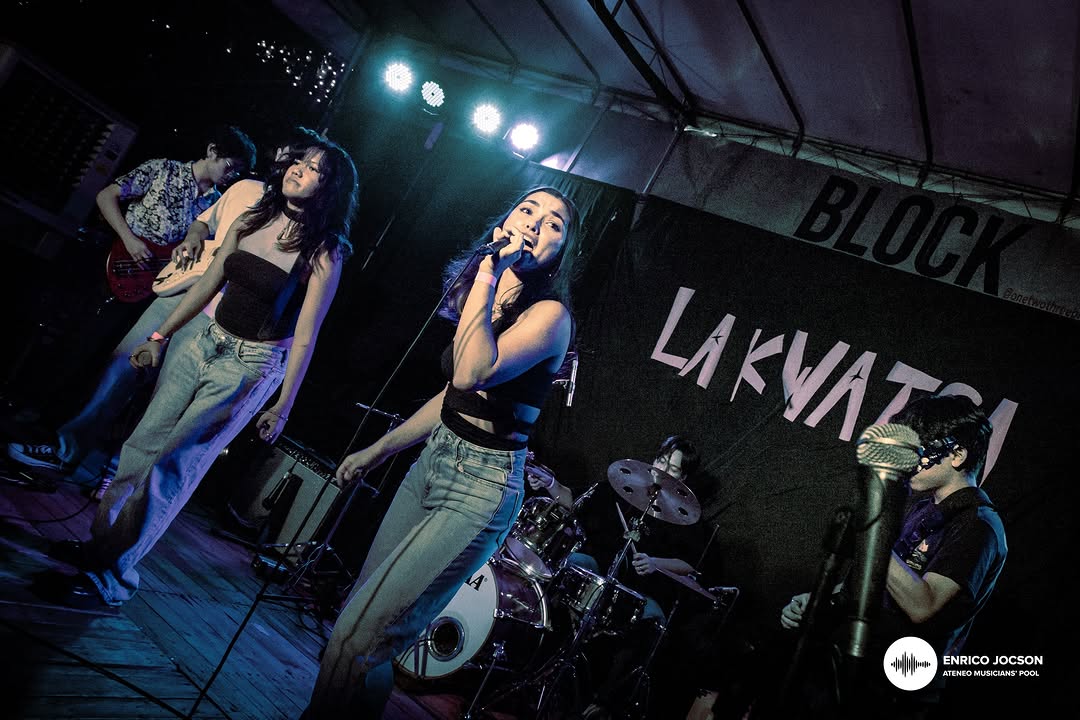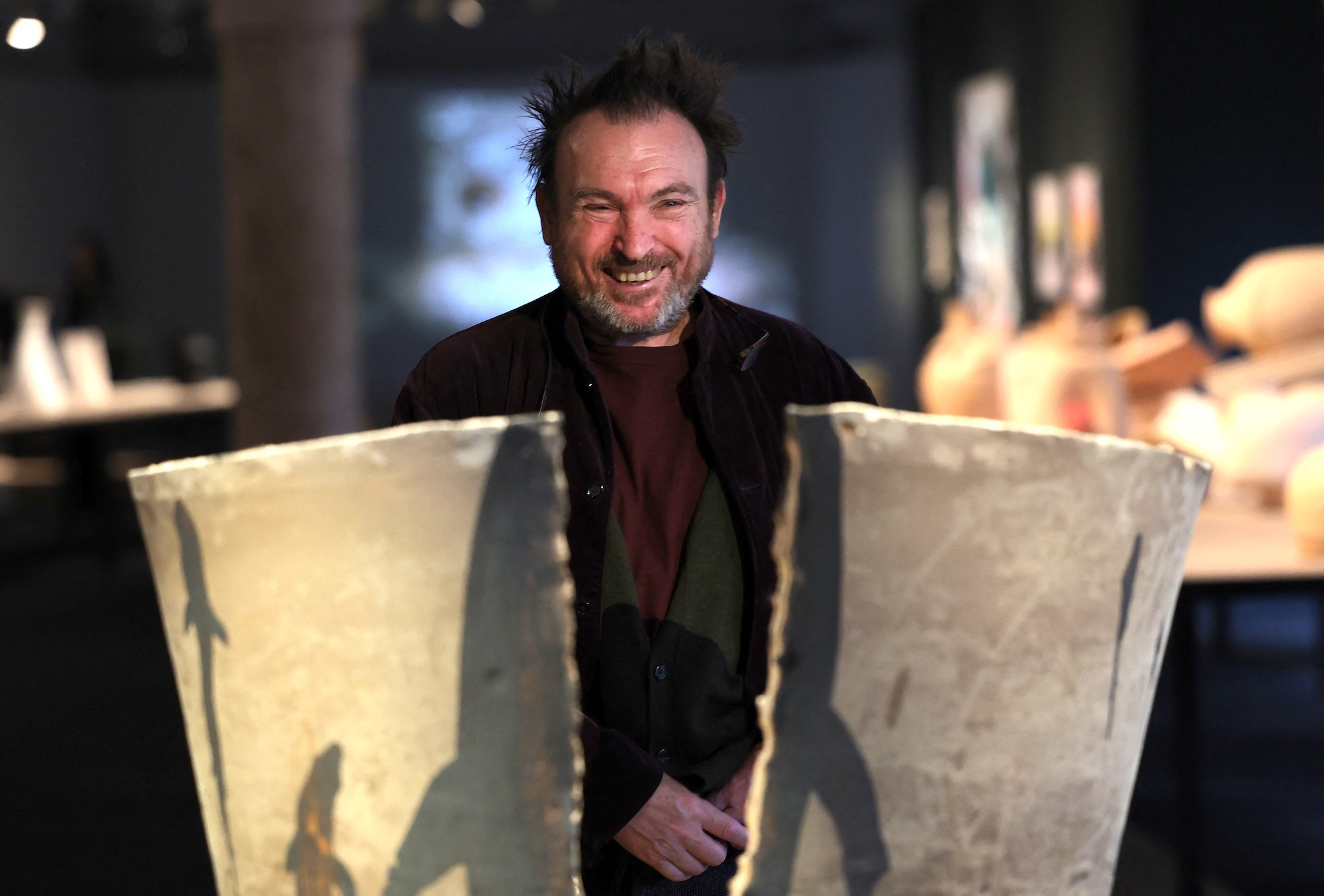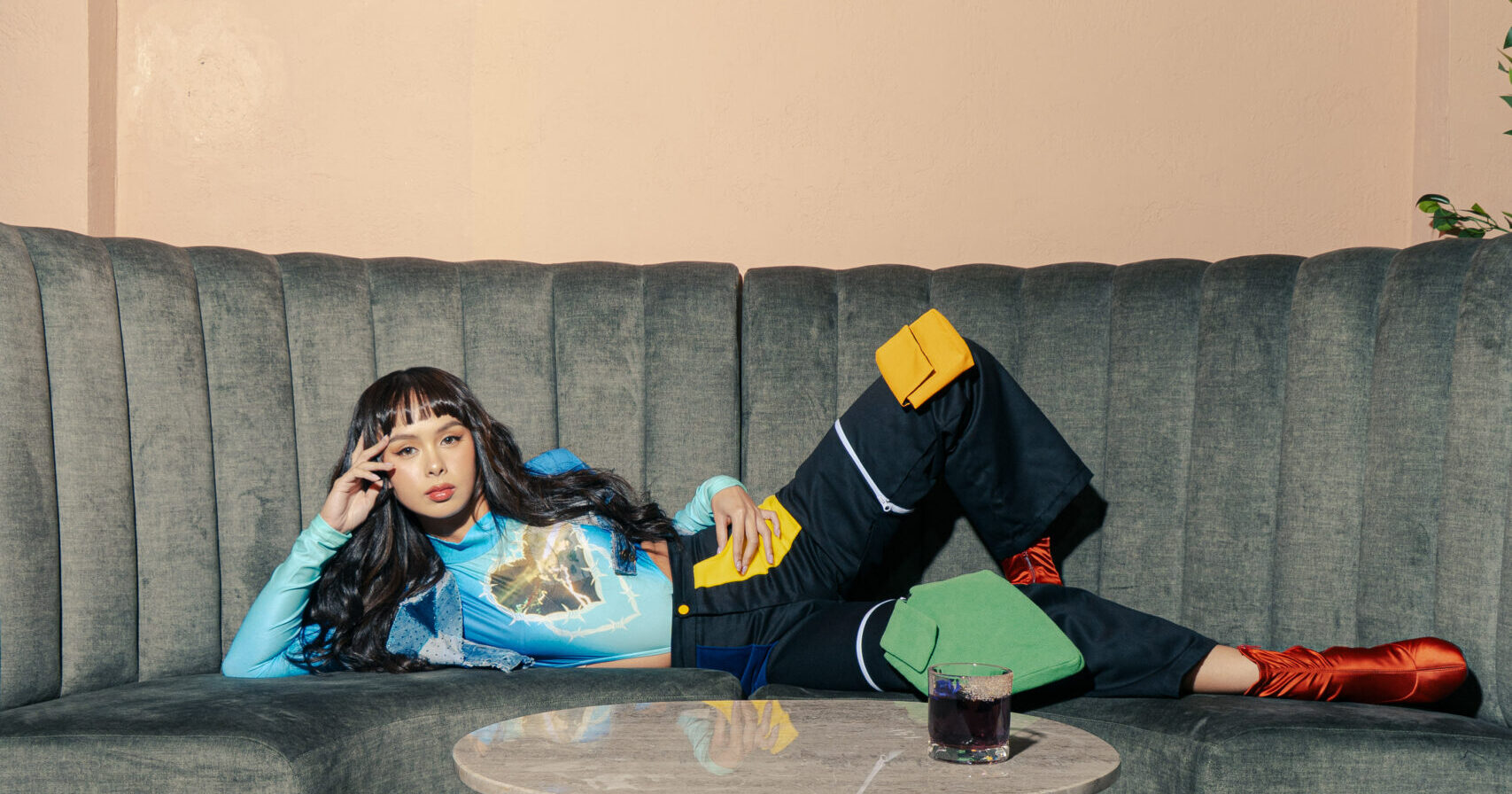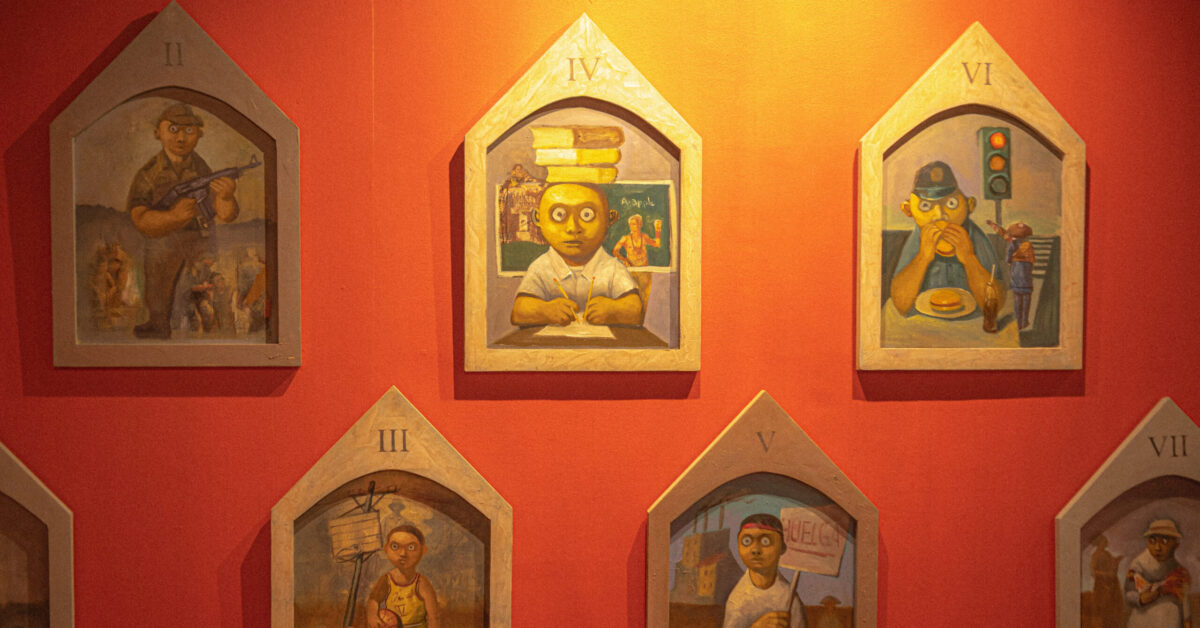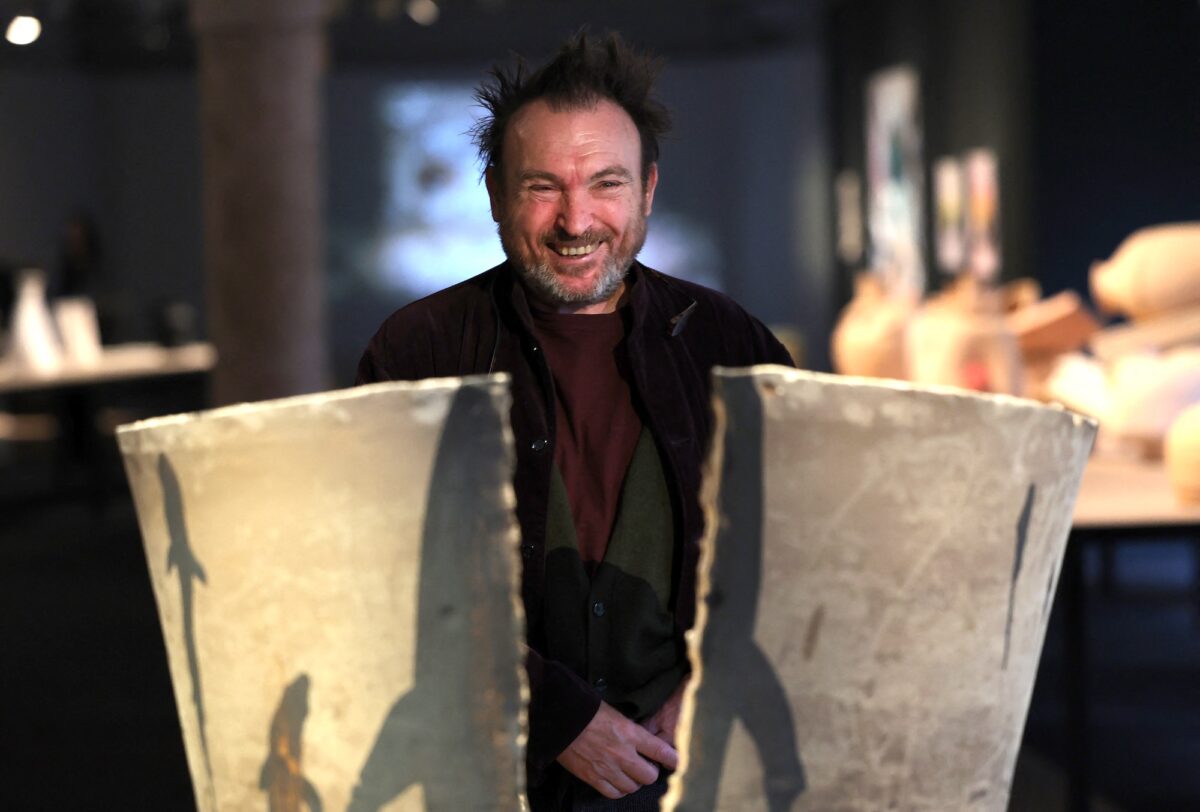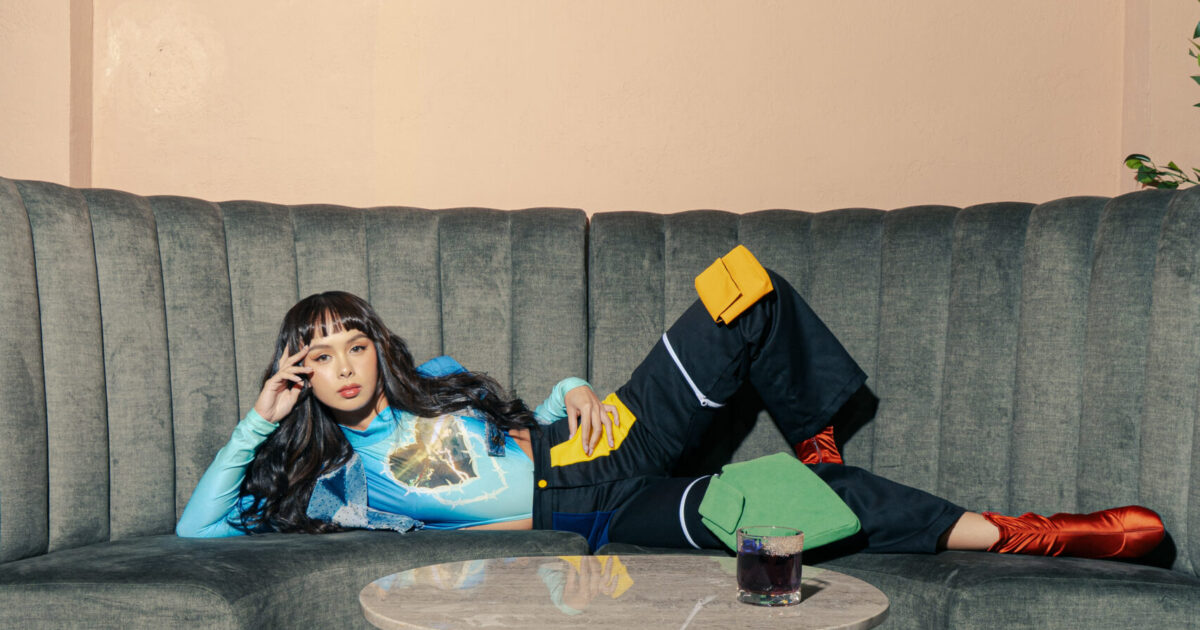
These artists, during their time, suffered ridicule and physical suffering. They have often passed into oblivion. They have all since been forgotten.
So the art of Mideo Cruz is nothing new at all. Maybe he, too, in time, will be forgotten.
On the other side of the spectrum, true iconoclasts in art are artists who introduce new philosophies, modes, mediums and forms that reflect high aesthetics; they create never-before-seen works.
These radical new ways of creating and thinking inspire other artists to further refine them through time, as in the works of Van Gogh, so that new styles come as unique expressions of their period: Art Nouveau, Expressionism, the Bauhus, Pop Art.
The next generation builds upon the refinements of the previous. The venues of some of these radical breakthroughs in the visual arts have often been biennales.
International biennales welcome all avant-garde artists who exhibit limitless approaches in the visual arts, works that are mind-boggling, hilarious, ridiculous, thought-provoking and savage.
But never in such biennales do you see artworks with forms and themes that insult religious beliefs.
Biennale artists are disciplined enough, possessed of good values. They dedicate their creative quest toward challenging artistic trends or opening new ones.
It is common practice to subject art spaces and even small galleries that sponsor exhibitions, theater presentations, media, and movies that present statements or forms violating human rights or attacking religious freedom to censorship.
Mideo’s art violated respect for religion as it rejected any form of sensitivity toward the majority of Filipinos who are Christians.
Because Mideo’s work was exhibited in a government cultural institution, curatorial censorship for the welfare of the general public should have been done. Would one allow pornography to just be let loose on the TV or the Internet? Worse, why should taxpayer’s money be used in showing a work that disrespects or attacks religion?
‘Democratization’
When President Corazon Aquino restored democracy, the CCP sought to democratize the arts. It “opened its doors” to exhibiting shows for everyone— children’s art, experimental art, social art . . .
What happened was, the CCP forgot its true function as the home of the finest and respected art practitioners, especially since the CCP was and is the only government institution that is devoted to the fine arts. It should maintain its rank as such, at par with the finest cultural centers of the world. But, sadly, this is not how it has been.
What then CCP administration understood or defined as the democratization of the arts is that its spaces would be open to everyone, made available to everyone, even the masses—free of admission, especially during special gala presentations in the Main Theater. So this mindset continues until today.
I strongly believe the CCP be brought back to its rightful level. Let us, the artists, work our way up and be right and fitting for the honor of being accepted to perform or exhibit in our flagship cultural institution.
The tradition of refining our artistic practices cannot be compromised. Call my thoughts “elitist” if you like, but this is the fact of the matter.
Elitism has a bad connotation in social issues, but not in the world of art and intellectual work. Artists must be proud to put in their resumés that they have been accepted by the CCP to exhibit or perform there. Only the best must be bannered by the CCP.
Today, with such whimsical selection of visual-art exhibits at the CCP, the general public is not given the chance to see the difference between good and bad, great and mediocre, between the truly aesthetical and the merely political.
Today, since the CCP and the National Commission for Culture and the Arts are under the Office of the President, the President is put under unnecessary pressure to state his position on the matter… which he should not.
Yet, he is forced to such as in the case of the CCP exhibit. In fact, he’s forced to make his political and personal choices in the National Artist awards.
We need to have our long-awaited Ministry of Culture so that this will be the ministry responsible for the order, progression, leveling-up of the arts and culture and the national heritage. Not the Office of the President.
To push the development of contemporary art, we must create a yearly national biennale or exposition for experimental art shows, and another exposition for our regional artists, perhaps at the Folk Arts Theater (FAT), which can be rehabilitated for this purpose.
At FAT, allow all young and older artists to exhibit. Allow all the possible statements to be made. Leave the CCP for the finer expressions of our artistic community.
Let us see mediocrity for what it is. Let us strive for excellence, rewarding and giving accolade to our artists who truly deserve it.
Appeals to bishops, lawmakers
To our bishops and priests, to my co-Christians, and to angry groups who threaten Mideo Cruz—please, forgive him. Mideo has suffered enough and this taint will linger. Being an artist in this country is already such a difficult existence, with no support and a very limited market.
There is potential in the artist (maybe not in his controversial work). He will hopefully become wiser and more sensitive from now on.
To our honorable lawmakers, please, do not cut the budget of the CCP; there isn’t much there already. The CCP and the National Museum and all our cultural agencies continue to survive only with the help of generous patrons and friends.
You need to see the controversy as a rare incident and not threaten the whole culture scene and undercut its economic support. Instead, you should put more money and support to arts and culture.
I see something positive in this controversy. For one, it brings the life of the artist and the cultural worker to the attention of Filipinos and our lawmakers. Perhaps this will help them look for ways to address the plight of the Filipino artist and cultural worker.
Artists do not only enrich and inspire humanity. They are also significant contributors to the economic wealth of the world through their innovative design, creative ideas and aesthetics.
Nothing in the world begins without an artist’s idea or concept. From entertainment to fashion, institutional design, mass and pop culture, real-estate development, architecture, urban planning and technology… the artist’s talent and contribution is crucial.
Let us continue to support the arts and culture of our country. Let us support all the artists (visual artists, performers, filmmakers, writers, musicians) who have already made it so they can continue to bring pride to our country, especially in the global scene.
This is something we must all attend to… and not waste too much time on mediocre or bad art.

